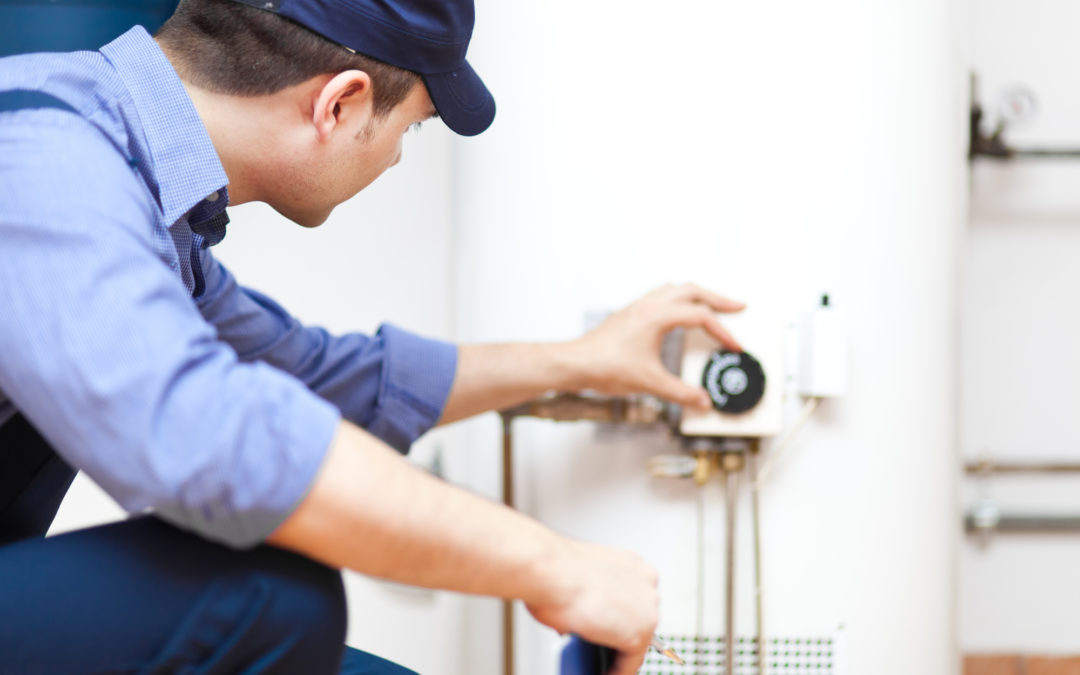It’s always fun to have new home appliances that help make our spaces more comfortable. However, there's something less fun that goes with it: maintenance. Proper equipment maintenance is often time-consuming, but doing it correctly and as often as needed can save you from repair bills and prolong the service life of your devices.
On top of that, well-maintained appliances work better and more efficiently, so you get better value out of every minute that your appliances are running and consuming energy.
If you own home heaters, this article will walk you through some maintenance tips that you can easily do on your own.
Best First Step
As with any kind of device, the best first step to proper maintenance is to read the manufacturer’s manual or instructions. The tips below are maintenance practices that apply generally to all kinds of heaters, but it’s possible that your unit requires following more specific care instructions.
With that, be sure to always refer to your heater’s manual. If you find any tips here that are discouraged by the manufacturer, it’s best to stick to what the manufacturer says.
Home Heater Maintenance
 Home Heater Maintenance
Home Heater Maintenance
These days, the most commonly used home heaters are convection heaters, infrared heaters, and baseboard heaters. These devices have a few similarities in terms of maintenance, so the following tips should be helpful regardless of the heater type or types you own.
Friendly reminder: make sure that your heater is unplugged and that the heating elements are cool before doing any maintenance. If the heater is attached directly to the breaker, turn off the power source to avoid untoward incidents.
1. Dust and/or wipe clean the heater surface
Your heater’s external surface is the easiest to clean, and you should start with that. Dust off your heater at least once a week to avoid dust build-up that could damage your device and affect indoor air quality. A brush or feather duster is usually enough for this task.
If you have a portable heater, you or your family members most likely touch its surface more frequently. If that’s the case, your heater will need more than just dusting.
If there are stains or fingerprints on the heater’s surface, be sure to wipe them clean and then dry the surface right after. This will keep the sticky feel off your heater as well as protect your device from rusting.
2. Rinse and air-dry the filter
Does your heater come with a reusable filter? If so, you should wash the filter with water every few weeks or so. Then, wipe it clean and let it dry before putting it back in place.
Reusable filters usually have plastic frames, so it should be easy to determine if they’re reusable or disposable. On the other hand, disposable filters usually have cardboard frames—they are water-absorbent, which means that they can be a breeding ground for molds when exposed to moisture.
As a general rule of thumb, you should replace a disposable filter when it is visibly dirty. If you have pets at home or someone in your family is sensitive to allergens, it’s advisable to replace the filter at least once every two months.
Note: some reusable heater filters are not washable. In most cases, especially in infrared heaters, vacuuming the filter is enough to get rid of dust and debris.
3. Check for dust and debris inside the heater
Dust and debris build-up can also happen inside your heater. This is pretty common for baseboard heaters as well as the reflector plates of infrared heaters.
To address dust issues on baseboard heaters, you can use a vacuum cleaner with a soft brush attachment. Remove the heater cover then run the vacuum on the dusty parts as well as on the heater fins.
Dust-free heaters work more efficiently. Plus, you can be assured that the circulated heater air doesn’t spread allergens in your place.
As for infrared heaters, you should be able to easily unscrew the reflector plate. When that’s done, gently dust the surface with a cloth or a feather duster. If there are stains, you can use a damp cloth then wipe with a dry cloth when the surface is completely clean.
Reminder: the reflector plate is fragile, so be very gentle and refrain from applying too much pressure.
4. Observe changes in your heater’s performance
It’s normal to observe changes in your heater’s performance over time. Normal wear and tear happen, and it could happen faster if your device is not properly maintained.
But while performance decline is normal, it doesn’t mean that you should do nothing about it. In fact, if you immediately observe changes on your heater, you can also address the issues quickly before more serious damages—requiring higher repair costs—occur.
If your heater suddenly doesn’t work as efficiently as it used to, or the noise is a lot louder than usual, it might be time to avail of maintenance services. These services usually include general heater inspection, cleaning, replacement of faulty parts, and lubrication of moving parts.
5. Unplug and store away your heater during the hot season
If you’re using a portable heater and the hot season made it unessential, then it might be best to store it away. Storing it in a box or closet will keep dust away and should preserve your heater for the colder months.
If your heater is permanently installed, simply unplug it and regularly dust the surfaces.
Heaters do more than just providing warmth—they make your home comfortable and conducive for rest as well as for work. To keep getting these benefits from your heater, be sure to keep your device clean and seek professional help as the need arises.
You must be logged in to post a comment.